What surfaces can you install peel and stick tiles on?
Peel and stick tiles are a convenient and easy to install finishing material that has grown in popularity in the renovation industry in recent years. Compared with traditional tile laying, peel and stick tiles do not require cumbersome construction of grout, just peel off the protective film on the back and stick them directly on the surface. This product has a wide range of applications and can be used on almost all hard and flat surfaces, but there are also surfaces where it cannot be used.
Here are some recommended surfaces for peel and stick tiles:
1. Wall Surface
Peel and stick tiles are widely used on walls. Whether it's the kitchen, bathroom, living room, or bedroom, decorate with peel and stick tiles. Installing peel and stick tiles on a wall is relatively simple. Just make sure the wall is clean and level, free of dirt, oil, and bumps. Then, peel off the protective film of the peel-and-stick tile, paste it on the wall, and press it gently to ensure it is firmly attached. When pasting two irregular tiles, align the buckle positions of the two tiles to interlock them, then paste them slowly.

2. Floor Surface
Peel and stick tiles are also suitable for some floor decorations, such as family bathrooms, balconies, etc. But it should be noted that the ground's surface must be flat, firm, clean, and thorough, for some special materials, such as wooden or elastic floors, surface treatment is required to ensure that the peel and stick tiles can be firmly adhered to. In addition, in areas prone to water vapor erosion, such as kitchens and bathrooms, it is recommended to use waterproof peel and stick tiles to increase the moisture-proof ground performance.
3. Furniture Surface
Some people like to have peel and stick tiles on the surface of their furniture to add to the aesthetics and durability of the furniture. This can be furniture such as tables, cabinets, wine cabinets, etc. To install peel and stick tiles on the furniture's surface, you first need to ensure that the furniture's surface is flat and clean. Then, cut the peel and stick tiles to a suitable size, paste them on the furniture's surface, and fix them with light pressure by hand. Be careful not to generate air bubbles during the installation process. You can use auxiliary tools such as rubber hammers to help remove air bubbles and ensure the tiles are closely attached to the furniture's surface.

4. Toilet bathroom
In addition to walls and floors, the rest of the toilet bathroom can also be decorated with peel and stick tiles. For example, to enhance the overall aesthetics, you can paste self adhesive tiles on the sink, around the mirror, on the bathtub's edge, etc. When peeling and sticking tiles are used in bathrooms, it is also necessary to ensure the surface is clean and flat to prevent the tiles from falling or cracking. In addition, the bathroom has high humidity, and waterproof peel and stick tiles can increase its moisture resistance.
5. Glass Surface
Peel and stick tiles are not limited to traditional wall and floor decoration but can also be used for decoration on glass surfaces. The glass is transparent and flat. When the kitchen door is made of glass without adding some decorations, the glass door is often ignored and bumped into. Use peel-and-stick tiles to decorate, highlighting the visual beauty and serving as a reminder. Why not do it!

6. More creative applications
Peel and stick backsplash also allow for a greater variety of decorating possibilities. For example, peel and stick tiles can be applied to the treads of a staircase, adding to the aesthetics and durability of the staircase. It can also be applied on the kitchen countertop, using tiles to create a personalized effect. Even outdoor areas such as patios or balconies can be decorated with peel and stick tiles for outdoor environments.
On which surfaces can peel and stick tiles not be used? make it easy to fall off
While peel and stick tiles are suitable for many hard, flat surfaces, some are not suitable for this type of tile or are prone to peeling problems. Here are some surfaces that cannot be used with peel and stick tiles and where they tend to fall off:
1. Wet, uneven surfaces: self adhesive tiles must adhere to a dry, even surface. If the surface is wet or uneven, the adhesion of the tiles will be compromised, and the tiles may come off. For example, the surface of brick and stone walls is uneven, and the tile adhesive is not evenly pasted and will easily fall off if there are gaps.

2. Painted or rough surface: The adhesive effect of peel and stick tiles is related to the roughness of the surface and the material. The painted surface will have dust due to the grout, and the surface with strong graininess and roughness is usually not smooth and has sand and gravel. The peel and stick tile adhesive will absorb dust, sand, and gravel during pasting, resulting in The glue will fall off directly without sticking the tiles.
3. Uneven wooden surface: There may be unevenness in the wooden surface. This surface does not provide enough bonding area, i.e., peel and stick tiles tend to come off on such surfaces.

4. Soft surface: Peel and stick tiles must be stuck on a hard surface, while soft surfaces such as carpets, carpet tiles, resilient floors, etc., cannot provide enough support and easily cause the tiles to fall off.
5. Metal surface: The metal surface is usually relatively smooth, but there may be an oxide layer or coating. After the peel and stick tile is bonded to the metal surface, it will fall off due to the separation of the metal oxide layer or the coating from the metal.
6. Surfaces often in contact with water: The adhesive effect of peel and stick tiles depends on the stickiness of the foam tape. If used on the shower room floor, the foam tape will absorb water and cause the glue to melt in water and lose its viscosity.

In general, self adhesive tiles are a versatile, convenient, and aesthetically pleasing decorative material that can be installed in a wide range of applications. Whether it is walls, floors, furniture surfaces, or bathrooms, as long as the surface is hard and flat, you can use peel and stick tiles for decoration. However, careful consideration is still required when installing to ensure the surface is properly prepared, choosing the type of tile suitable for the specific environment. If peel and stick tiles are required on other types of surfaces, traditional tile laying methods are recommended, using cement Adhesive materials such as pulp to ensure the beauty and durability of the decorative effect. Also, when installing peel and stick backsplashes, it is important to follow product instructions and installation guidelines carefully to ensure a quality fit and bond.
What do you do if you have no design inspiration? Check out the Yipscazo Inspiration Guide for decorating inspiration!





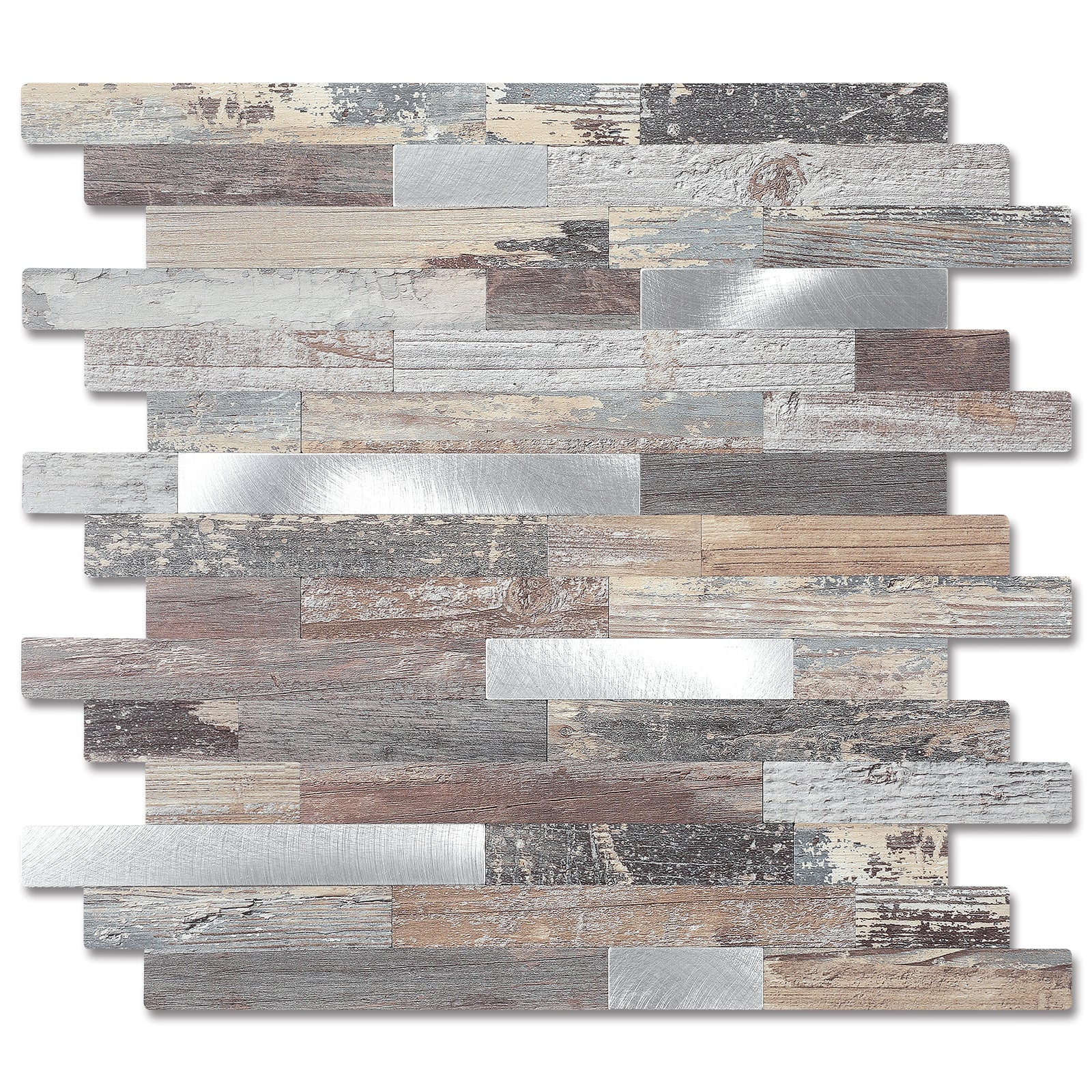
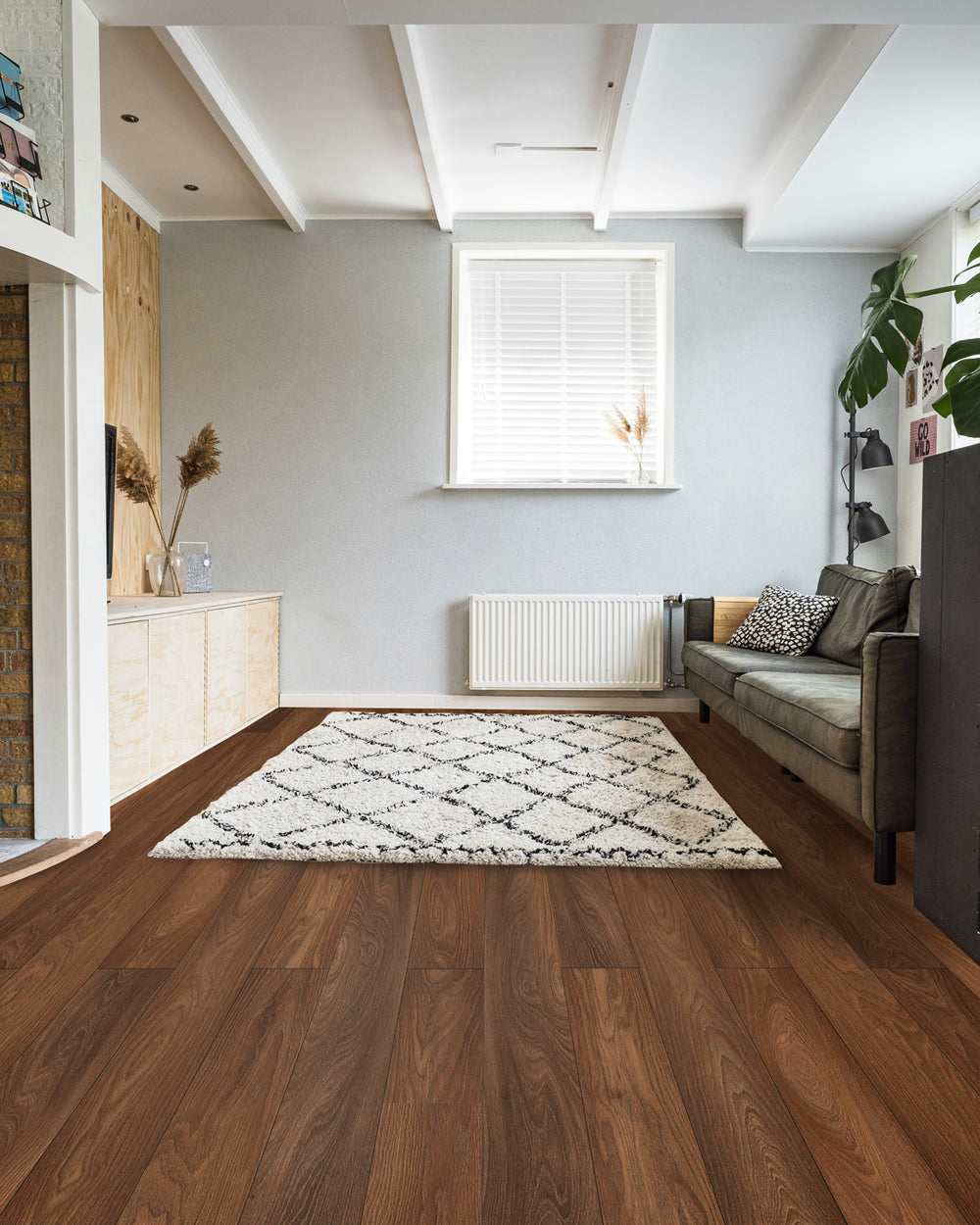
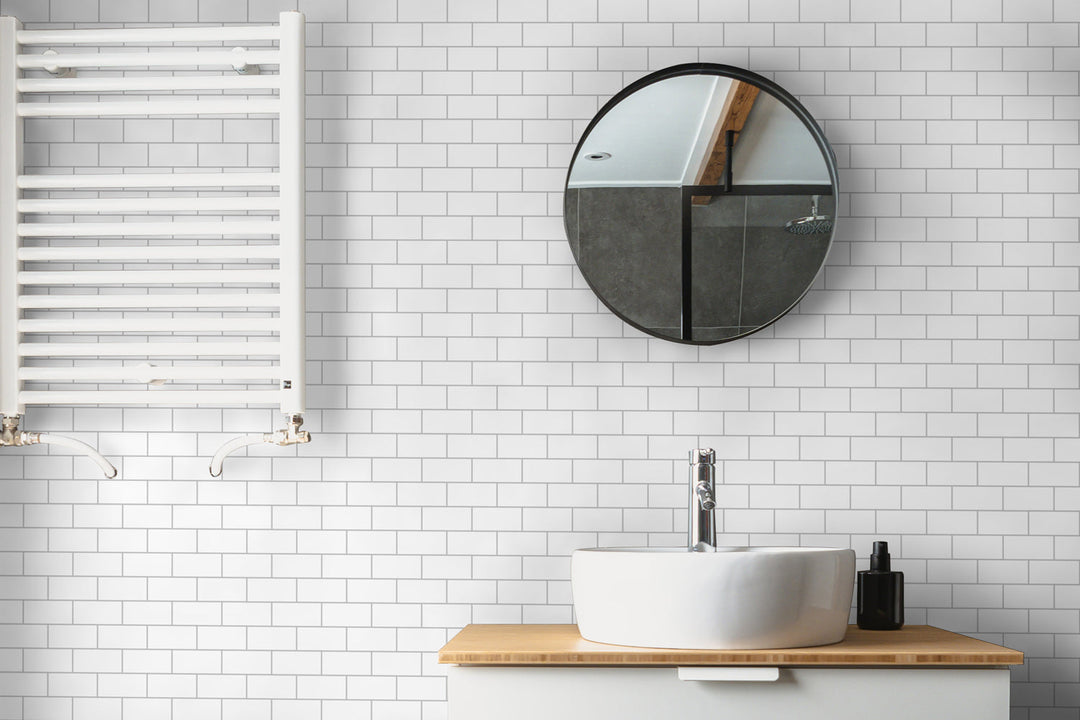
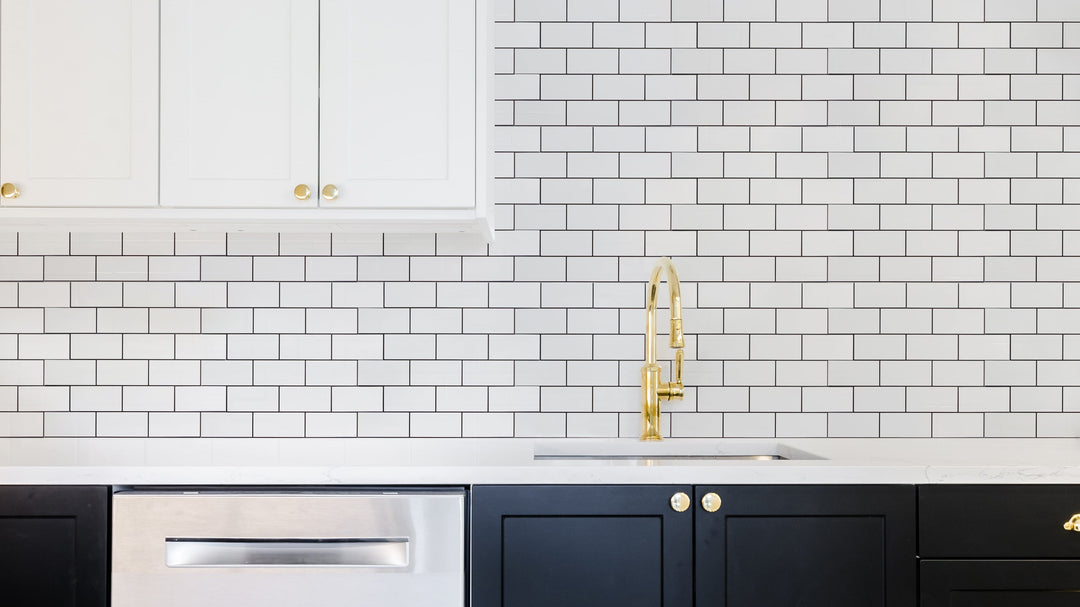
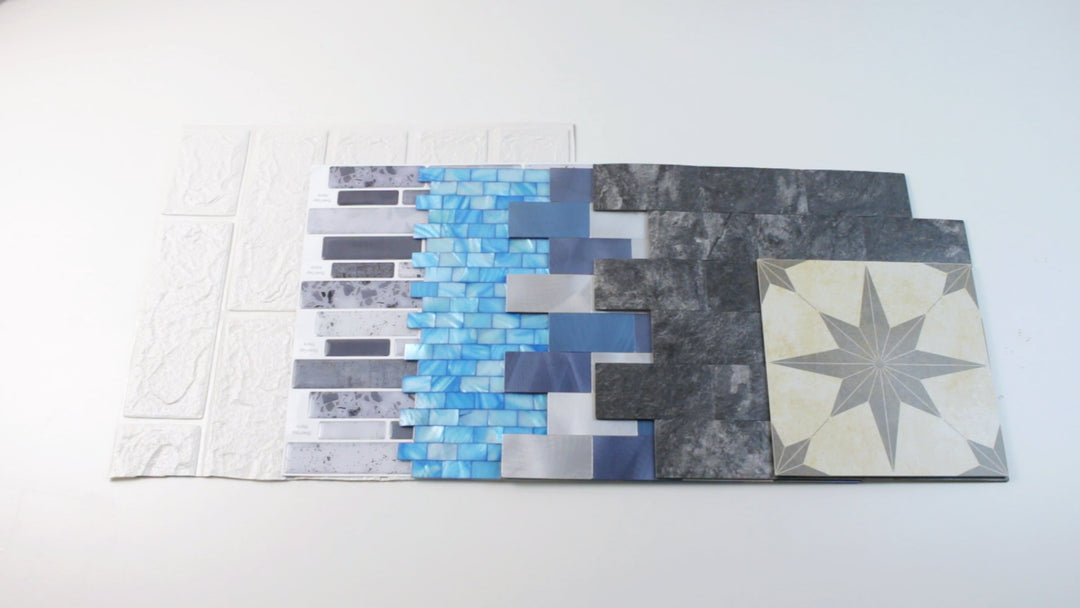
Leave a comment